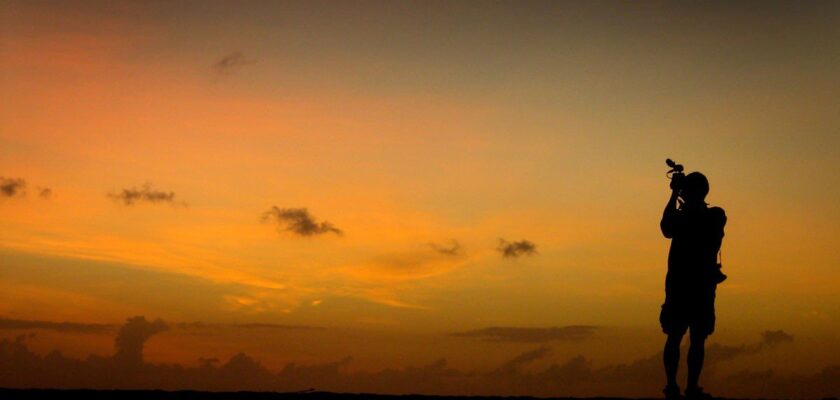Sanur
Sanur is a fairly quiet resort with an atmosphere that is something between bustling Kuta and isolated Nusa Dua. It is located southeast of Bali’s capital Denpasar. Most of the small, semi-hidden behind tropical gardens, the hotels overlook a charming sandy beach. At high tide, swimming here is excellent: the coral reef protects from waves and underwater currents, but at low tide the water reaches only to the knees or to the waist, so at these hours you can only walk in the shallows.
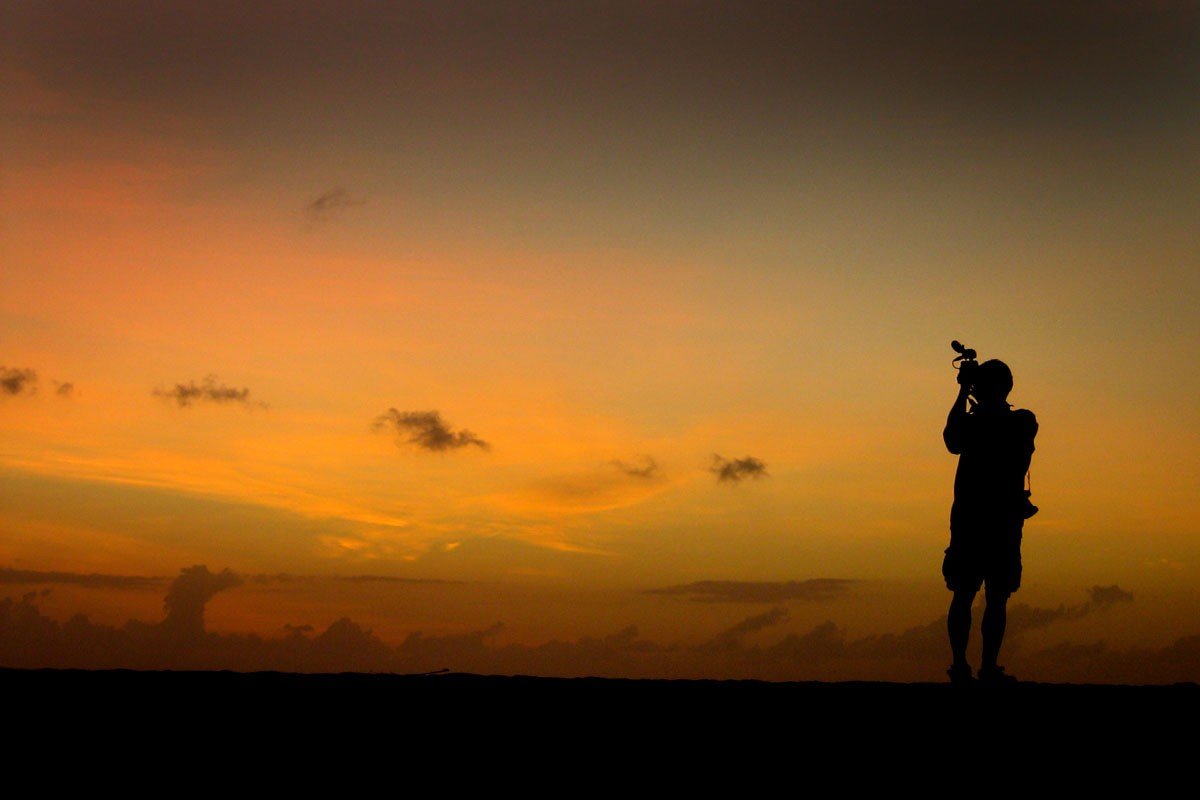
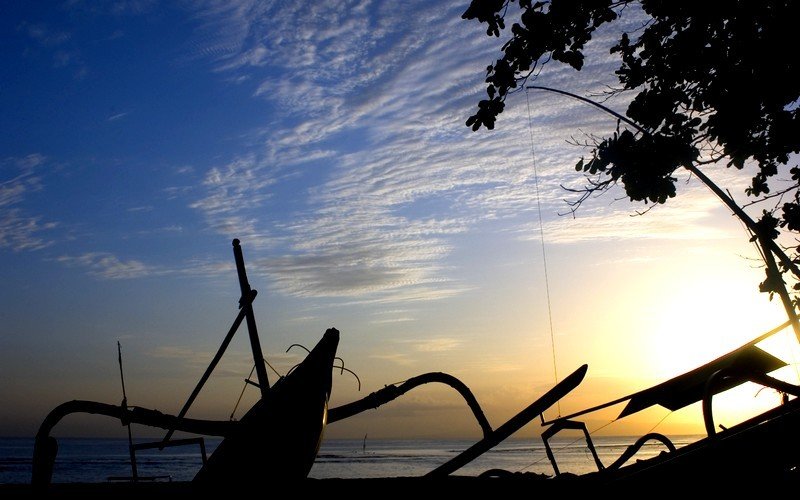
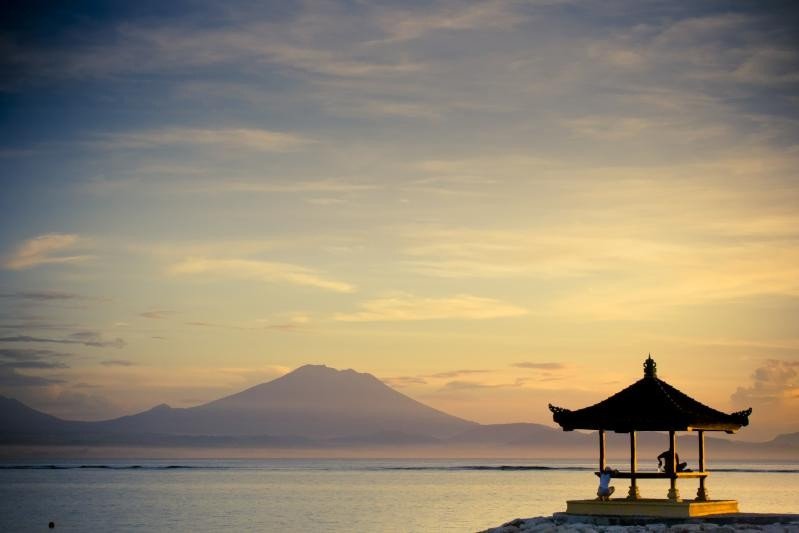
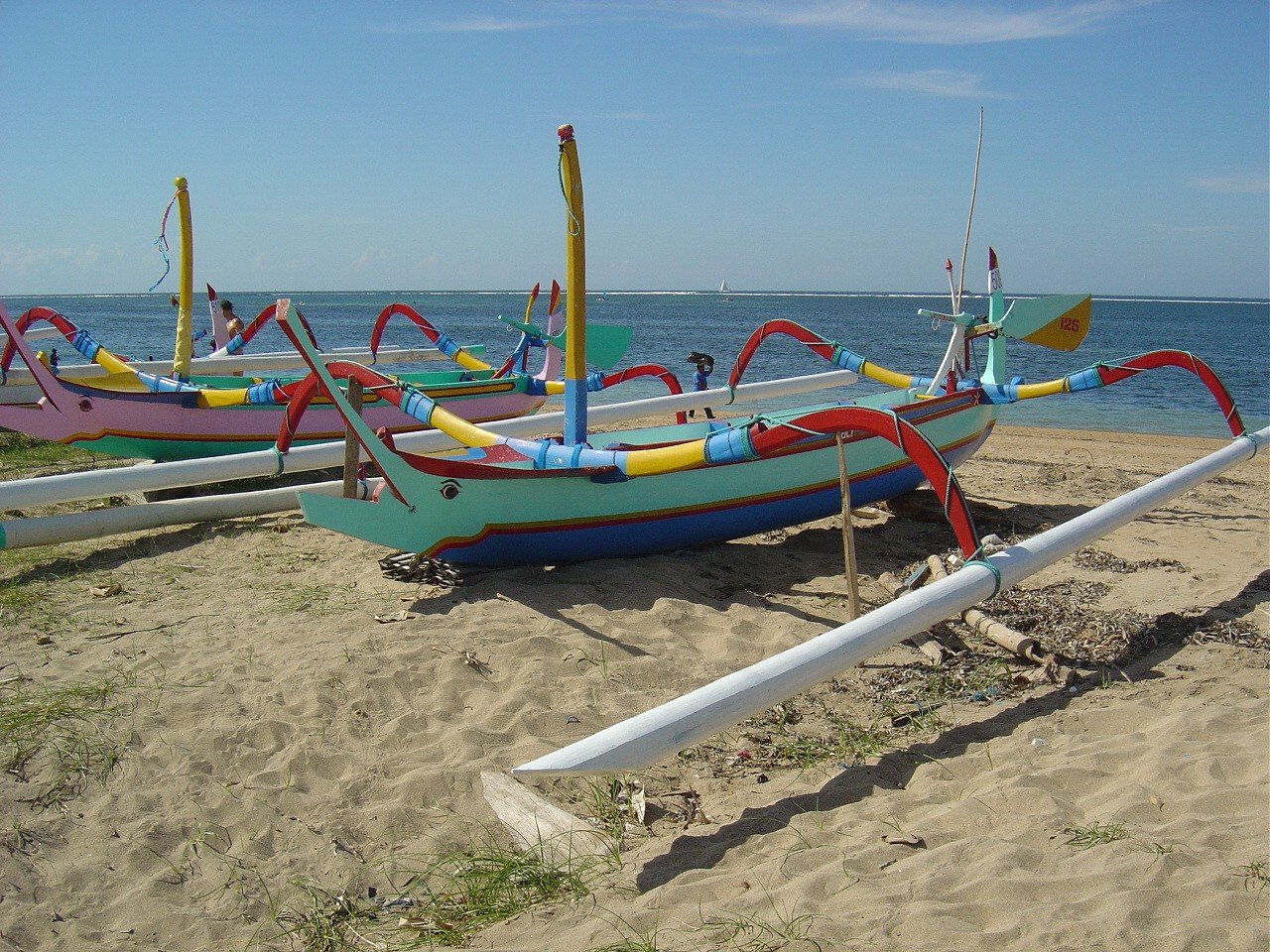
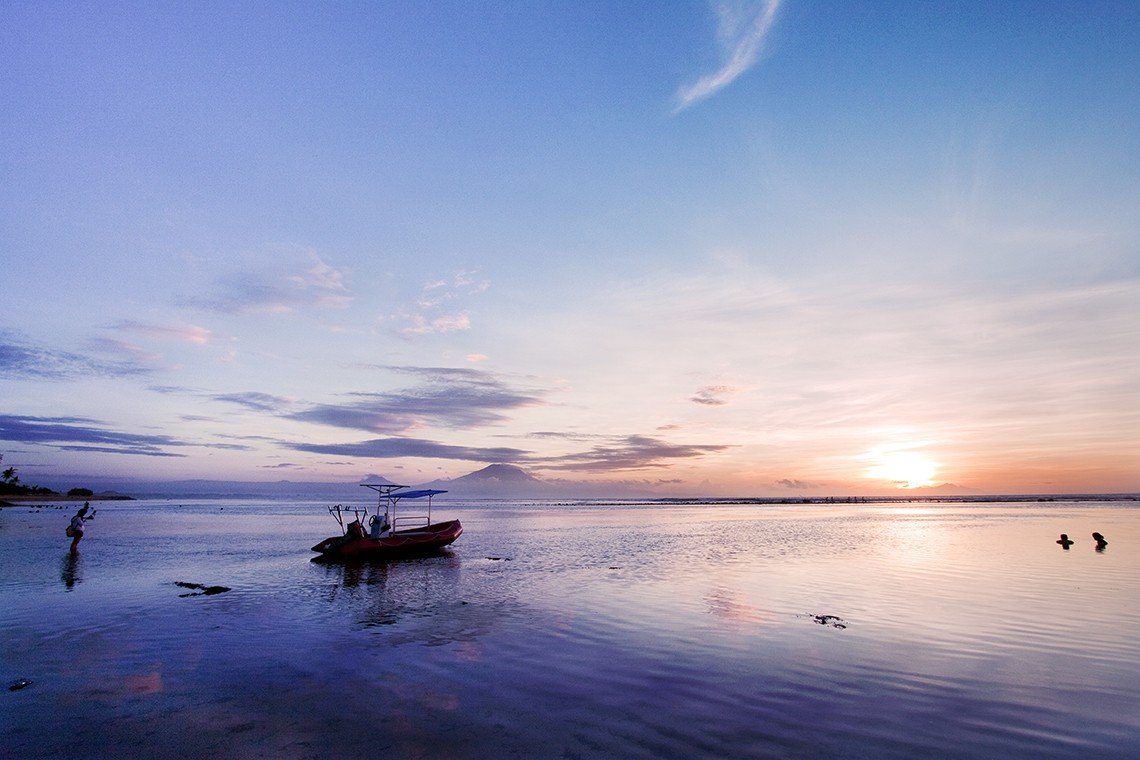
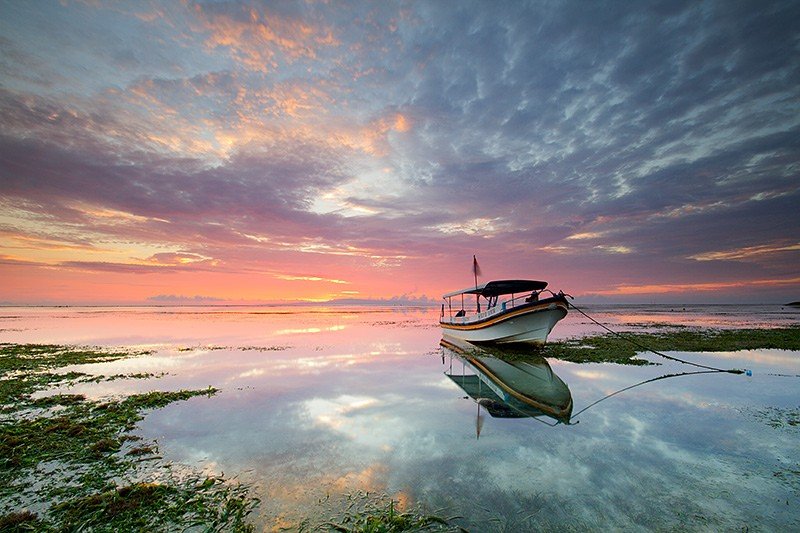

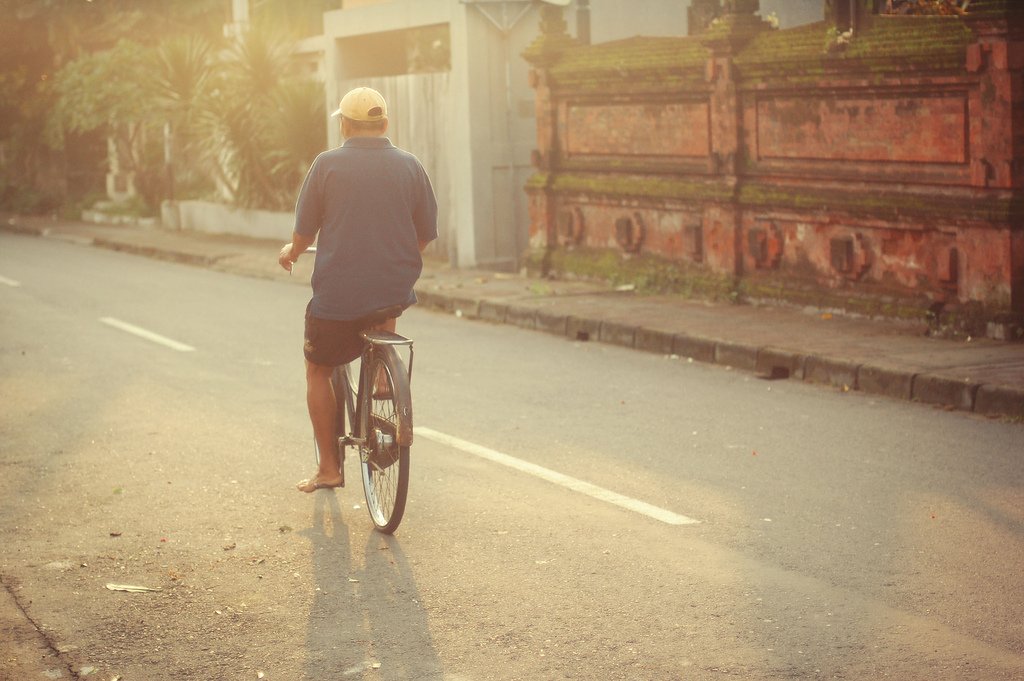
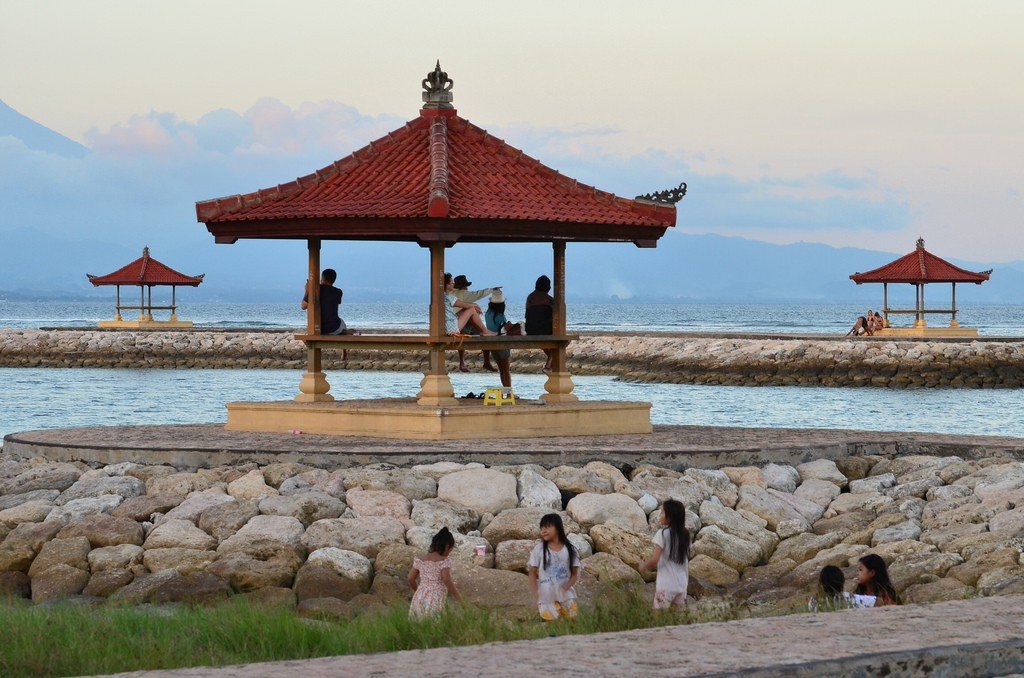
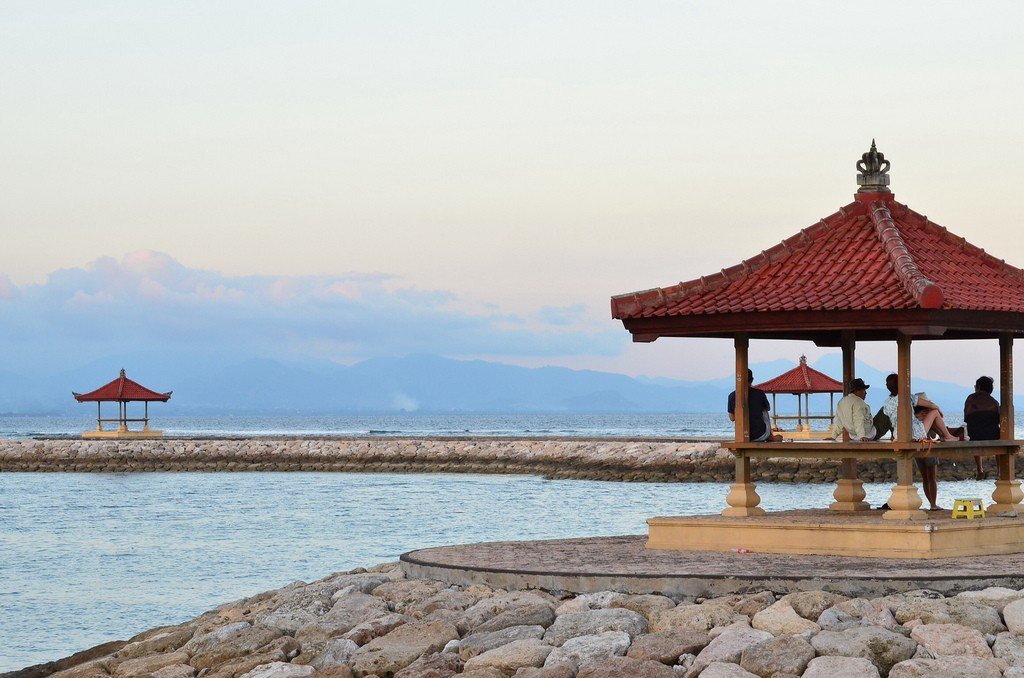
Video: Sanur
General Information
On the coast, Sanur is nothing more than a long row of souvenir shops, clothing boutiques and restaurants. But step a little off the main road, Jalan-Tanjung Sari, or the busy highway (the Jalan bypass) and you’ll see the daily life of the Balinese as if no tourists were ever here. The Indonesian street food restaurants are lovely and a couple of them are excellent.
.
Sanur was favored by European settlers back in the 1930s. Sanur is a well-deserved veteran among all Balinese resorts.
In 1906, a Dutch landing party landed in the port of this small fishing village to punish the robbers for plundering a Chinese schooner that ran aground nearby. It can be said that it was the Sanurians who brought misfortune on the whole island. The expeditionary corps marched to Badung (Denpasar) and put an end to the Balinese freedom. A quarter of a century later, this quiet coastline with a good beach was favored by European and North American bohemians fleeing the impending military crisis. The most famous of them was the Belgian artist Jean Le Mayeux de Mepre, who left a rich collection of paintings painted on palm fibers. The beautiful love story of 53-year-old Le Mayeux and the dazzling Ni Pollack, a 15-year-old legong dancer, gave Sanur a flair of exotic romance in the style of Nabokov’s Lolita. The migrant colony grew very quickly, forcing the authorities to pay attention to new resort prospects. Already in the 50’s the first hotel was built here, and in 1966 opened a 10-story monster “Bali Beach Hotel”, amazed the natives shaitan-machine called “elevator”. The pious Balinese considered the hotel an insult to the dignity of palm trees and forbade the construction of further high-rise buildings. The god-awful hotel burned in 1993, rebuilt anew and was renamed the Inna Grand Bali Beach Hotel.”
.
Most of Sanur’s hotels are now at a respectable age and can’t compete with rivals from Jimbaran and Nusa Dua. But that’s not required. A special atmosphere of calm, reserved dignity and nostalgia for the golden age of Jean le Mayet still attracts here representatives of the intellectual elite of both Europe and Indonesia. The south of the village is densely built villas where expats live. The main tourist life is along the main promenade of Danau Tamblingan (Jl. Danau Tamblingan). There are no noisy discos and trendy clubs, but restaurants with a variety of cuisine enjoy a well-deserved reputation as almost the best on the island. Entertainment to match the solid public. At the same “Inna Grand” operates the oldest golf course in Bali with 9 holes. Here you can also start a walk around Sanur by visiting the Jean Le Mayeux Museum, where his works are exhibited. The paintings have faded over time, but you can still witness the beauty of the artist’s young wife, who passed away only in 1985. Now their family nest belongs to the state. At the highest Sanur hotel, it is interesting to photograph the huge statues that adorn the grounds. A little further south, on Jl. Segara Ayu, are the Pura Segara temples, built of coral in the shape of pyramids. Anyone can enter here for a small donation. Turning off the beach, you can walk to the Hyatt Hotel and admire its magnificent garden. Refreshed in Hyatt pools (which is not prohibited by anyone), curious tourists make a march to the temple Pura Belanjong (Pura Belanjong) (Jl. Danau Poso) with its famous pillar of the X century and the oldest records in Sanskrit, telling about the life of the then Balinese rajas..But the bulk of vacationers choose still near-beach entertainment. Sanursky beach stretches for 5 km, along it paved path, as if created for pleasant walks. The territory of the hotels goes directly to the shore with golden sand, well equipped and free from intrusive traders. Its inconvenience is only in high tides, when the water goes far beyond the reef, exposing the bottom, dotted with coral fragments. Guests of the resort can take a ride on one of the many boats, snorkeling, fishing and simply meet the sunset in the sea. Palm trees, serenity and peace – in fact, that’s what Sanur is all about.
.Diving
Sanur’s convenient location relative to the island of Nusa Lembongan, famous for its coral gardens, has made it popular with divers. Certified dive centers offer 2-day PADI certification courses (about $250) or 4-day advanced PADI Open Water courses (about $350). The most well known and well established are:
.“Bali International Diving Professional” – in addition to regular courses and organizing dive tours, provides services for people with disabilities.
.Address: Jl. Danau Poso, 26.Tel. (0361) 285-065www.bidp-balidiving.com
Bali Scuba – Highly professional courses at several levels, a dive store and trips for dive photographers.
.Address: Jl. Danau Poso, 40.Tel. (0361)288-610www.baliscuba.com
“ENA Dive Centre” is a multi-directional center, where in addition to dive services you can order any water sports, as well as fashionable “walk underwater with a helmet.”
.Address:Jl. TirtaEning, I.Tel. (0361)288-829www.enadive.co.id
ContentsPlaces of entertainment and recreation
As a historic bohemian destination, Sanur is not spoiled with a diverse cultural scene. Traditional dances barong and kechak best to watch in Denpasar, good to him a short distance away – just 3 km. In Sanur, the dances can be seen in some restaurants, such as Penjor (Jl. Danau Tamblingan) daily from 19h. You can find out about the performances on the posters. Some restaurants offer a nightly musical program for the munching public.
.
Le Mayeux Museum
daily 8.00-15.00, pt 8.00-12.30.admission 2,000 Rp
.The love story of a 53-year-old Belgian artist and a young legong dancer has become Bali’s most famous and discussed love story. Arriving in the north of the island in the 1930s, Le Mayeux soon moved to the village of Clandis near Denpasar. Ni Pollak, still very young, was by then the number one dancer and often came to the house of the artist, where the natives of Europe gathered, with performances. So imperceptibly between them began a romance, and in 1935, the famous couple played a wedding. Being crazy about his young beautiful wife, Le Maye built a cozy family nest right on the coast at the northern edge of the village of Sanur. The house was meant to be a tangible expression of the love and care shown by his elderly husband: traditional Balinese-style architecture, teak floors and carved doors all emphasized the connection to local culture and tradition. The walls were covered with a collection of paintings, the garden was decorated with statues and artifacts, and bale gazebos were erected, all made of carved wood.
.
During World War II, Le Mayeux miraculously escaped internment like many other expats from Europe, but the locals looted his house quite seriously. However, many of the hidden paintings survived and are now on display in the museum. Their condition, however, is quite deplorable – the local damp climate proved to be a worse enemy than Japanese soldiers. After Le Maye’s death, the estate and the entire collection went to Ni Pollak, who lived here all her life. She passed away in 1985, and the former home of love and art was taken over by the government, which opened this museum.
.
“Jazz Wag& Grill”
Pertokoan Sanur Raya complex,corner of Jl. Bypass Ngurah Rai and Jl. Hang Tuah.8.00-1.00
Sanur’s best concert venue with nightly performances of musicians ranging from jazz to pop. Few tourists know about this place and the main audience is expats and local advanced youth. -The atmosphere is very relaxed and friendly, the bands start playing after 21.30 and on weekends from 20.00 the jam sessions start. The restaurant on the second floor offers quite good grilled food, including seafood.
.Restaurants
In Sanur, devoid of a vibrant nightlife, dining has become the main means of leisure, so there are plenty of restaurants to suit all tastes and tastes. Most of them are concentrated on the main street, Tamblingan.
.Shopping
In this area of ladies’ activities, the resort’s facilities are not overwhelming. Almost the whole process of shopping is reduced to visiting small stores with clothes and souvenirs. However, not far away is the life-saving Denpasar with its supermarkets Matahari, Ramayana and Robinson.”
.Hardy’s
Jl. Danau Tamblingan (south side)
.The resort’s main supermarket, as time-worn as Sanur itself. It’s not the glittering mirrors and refreshing air-conditioned malls found in Kuta and Nusa Dua. On the first floor there are a lot of souvenirs at quite low prices, on the second floor – the kingdom of summer clothes of local production. There are disks, phones and other small things.
.Transportation
Proximity to Denpasar predetermined the direction of public transportation and its scarcity: green and blue Bemos picking up passengers at the parking lot at Jl. Sudamala (southern Sanur), and then going via Jl. Danau Tamblingan – Jl. Danau Toba to the capital. Trips within Sanur cost Rp 2,500, to Den Pasar’s Tegal Terminal (blue Bemo), where you can make a connection to Kuta, Nusa Dua and Jimba Ran, cost Rp 5,000. Green Bemos run to Kereneng Terminal for the same price and are convenient for transfers to the central parts of the island. All of them make frequent stops, and a 5-kilometer trip adds up to a half-hour agony.
.
Much more comfortable are the white-colored shuttle buses of the company “Regatta” (www.peramatour.com). Its route covers all the necessary tourist resorts and places, the details should be found out in the offices selling tickets (for example, to Kuta and the airport there are 5 flights a day, the cost of 25 000 Rp). Their location in Sanur:
.Warung Pojok Mini Market, Jl. Hang Tuah 31, north of the resort. This is also where the main passenger collection point is located.
Nagasari Tours office, opposite the Griya Santrian Hotel, Jl. Danau Tamblingan 102, central Sanur.
.Tuna Tour office, Jl. Danau Tamblingan 105, south Sanur.
.You can board the bus at all three offices.
.Calm and not busy with traffic Sanur as if created for cycling, which is actively used by tourists. Take a two-wheeled friend can be in numerous rental offices and hotels. All other movements are made by blue cabs with meters (cabs are standard – 4 000 Rp for landing, 2 000 Rp per kilometer, $20 for half a day to other parts of the island, $ 30 – 35 for the whole day on the island). Bemos, abundantly placed by the roadside, wait for tourists, performing the same cab service. The cost must be haggled over, for the drivers often charge double the price, appealing to all the Hindu gods and the need to feed their large families.
.Those wishing to get to Nusa Lembongan Island use the jetty in northern Sanur (Jl. Hang Tuah) as their main starting point.
.Boats depart at 8.00 and 10.30, travel time one and a half hours, cost Rp 33,000-43,000. Regatta Company departs 1 boat per day, at 10.30, costing 50,000 Rp.
.